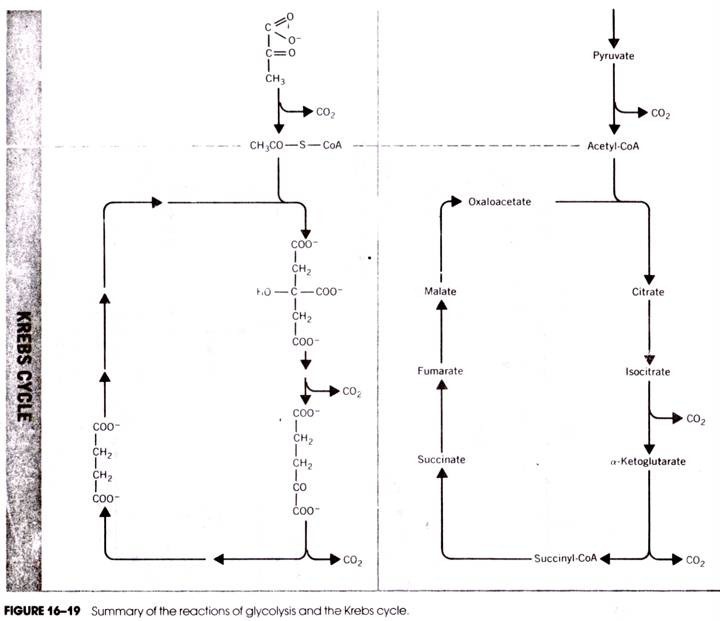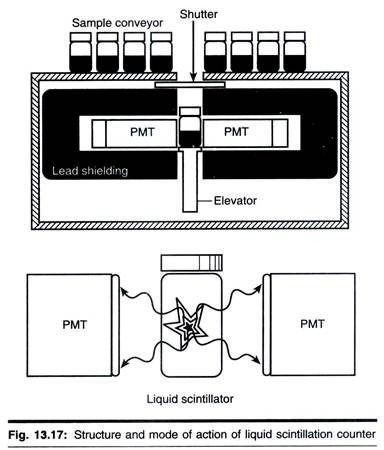ADVERTISEMENTS:
In this article we will discuss about:- 1. Subject Matter of CamV35S Promoter 2. Molecular Dissection of CamV35S Promoter 3. Functional Regions.
Subject Matter of CamV35S Promoter:
The 35S promoter is one of the major promoters of cauliflower mosaic virus (CamV). This virus infects crucifers and contains double-stranded genome as the genetic material. Based on the 8 kb genetic map, its viral DNA comprises two distinct promoters, named as 19S and 35S. During virus life cycle, the 35S promoter is transcribed from viral DNA minus strand to produce 35S RNA (8 kb transcript).
This 35S RNA serves as a template for translation process as well as with its direct terminal repeat sequences acts as intermediate for viral DNA synthesis using reverse transcription process. Hence, rapid virus replication needs abundant reserve of 35S RNA. The promoter strength is the reflection of high level production of foreign proteins.
ADVERTISEMENTS:
The Cam35 promoter, due to its strong expression nature is constitutively active in wide range of species and widely used to express number of foreign genes in transgenic plants. Accuracy of transcription is entirely dependent on the proximal sequences that include TATA sequence. The rate of transcription is however, influenced by several other sequences that are dispersed over 300 bp of upstream DNA.
Expression level of 35S promoter is highest among dicotyledons when compared to suboptimal activity in monocots. This promoter is ideal for the expression of foreign gene, and marker gene if necessary. Hence, the use of 35S promoter acts as fine piece of model system for investigators involved in the manipulation of gene expression.
The promoter can be expressed transiently in protoplasts of several dicots and monocots. Quantitative assessment of its transcript level in several plants showed that 35S promoter is almost thirty times stronger than nopaline synthase promoter. In monocots due to its constraints in activity, maize ubiquitine and rice actin promoters are widely used to drive expression of foreign gene.
Molecular Dissection of CamV35S Promoter:
Deletion mutant analysis of 35S promoter showed that the sequence between – 343 and – 46 upstream fragments is responsible for massive strength of 35S promoter.
ADVERTISEMENTS:
Further internal deletion studies reveal that upstream fragment is again divided into four functional regions such as:
(i) – 343 to – 208,
(ii) – 208 to – 90,
(iii) – 90 to 46 and
(iv) – 46 to – 0 Fig. 14.18.
While dissecting the 35S promoter deletion of promoter is done by digesting the – 343 to + 9 fragments with S1 nuclease. Fragments – 343 to – 46, was used to generate series of 5′ deletion mutants with endpoints at 208, – 168, – 105 and – 90. Activity of 5′ and 3′ deletion mutants were tested after transferred to tobacco.
Functional Regions of 35S:
(i) Deletion from – 343 to – 208 decreases activity by about 50% to the region between – 343 to 208 bp exhibit zero in activity. However, its activity depends on the presence of – 90 to 46 regions. Therefore, in general this region exhibits about 50% of the promoter activity. Further deletion of – 168 reduces the activity by 20%. DNA sequence between — 343 and — 165 are responsible for majority of 35S promoter activity (Fig. 14.19).
(ii) – 208 and – 90 region acts as enhancer function. It is solely responsible for the activity of remaining region of the promoter.
ADVERTISEMENTS:
(iii)- 90 and – 46 region plays a concrete role in transcription. In transgenic tobacco this region acts as supportive role in increasing the transcription activity of two upstream fragments, i.e., – 343 to 208 and 208 to 90.
(iv) The core promoter of 35S lies between — 46 and — 0 which comprises mainly TATA box.
A variant of Cam35 promoter with transcriptional activity, tenfold higher than that of the natural promoter was constructed by tandem duplication of 250 base pairs of upstream direction. Interestingly, the duplicated region of the promoter also acts as a strong enhancer. Marker gene like NPT II under the control of nopaline synthase (NOS) is transcribed at low frequency.
ADVERTISEMENTS:
Replacement of NOS promoter by CamV 35 promoter resulted in large increase in NPT II transcript. Exponential increase in transcription over wild type by sequence duplication has not previously been reported. Duplication of 35S promoter is characterized by several short sequences, which are repeated within the upstream sequence of the 35S promoter.
The sequence GTGG is selectively localized within the two promoter regions of the CamV genome. The 270 bp of DNA upstream from the TATA element of the 35S promoter contains ten copies of GTGG and four copies in 19S promoter. The overall 7600 bp CamV genome contains only 26 GTGG sequence.


